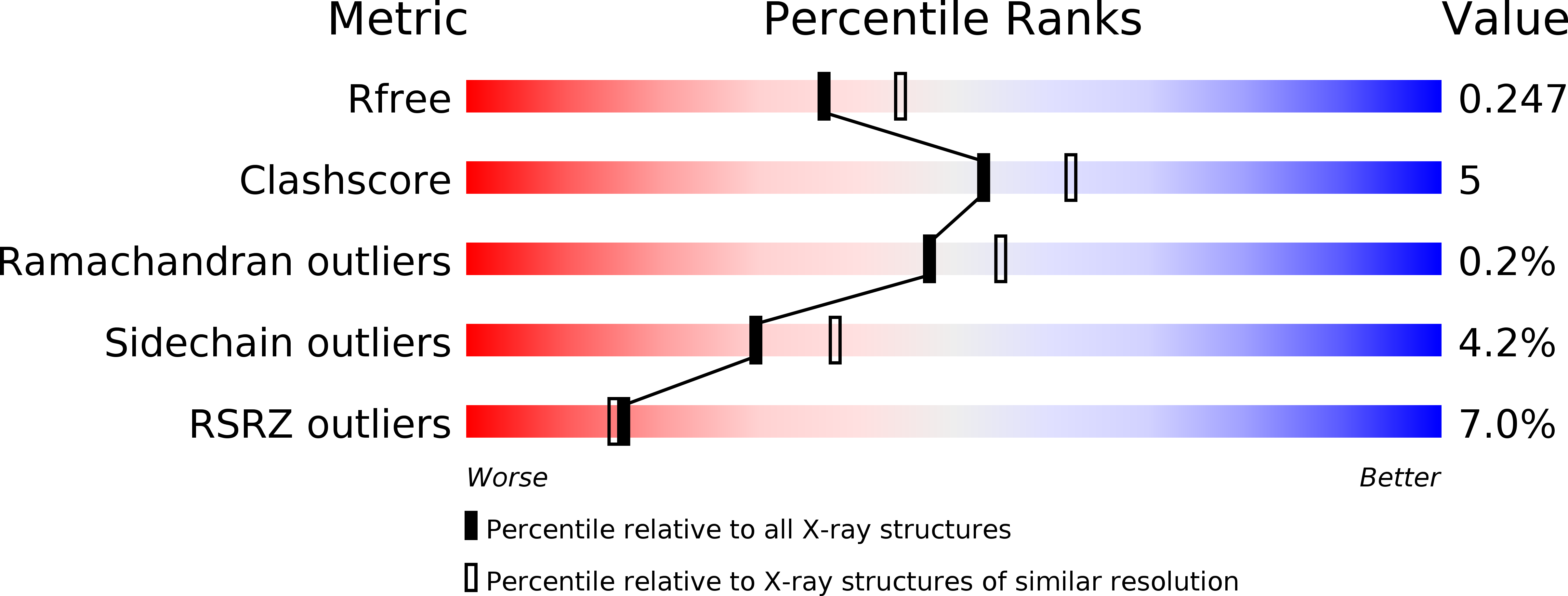
Deposition Date
2005-06-30
Release Date
2005-08-03
Last Version Date
2024-05-08
Entry Detail
PDB ID:
2BVL
Keywords:
Title:
Crystal structure of the catalytic domain of toxin B from Clostridium difficile in complex with UDP, Glc and manganese ion
Biological Source:
Source Organism:
CLOSTRIDIUM DIFFICILE (Taxon ID: 1496)
Host Organism:
Method Details:
Experimental Method:
Resolution:
2.20 Å
R-Value Free:
0.24
R-Value Work:
0.19
R-Value Observed:
0.19
Space Group:
P 21 21 21


